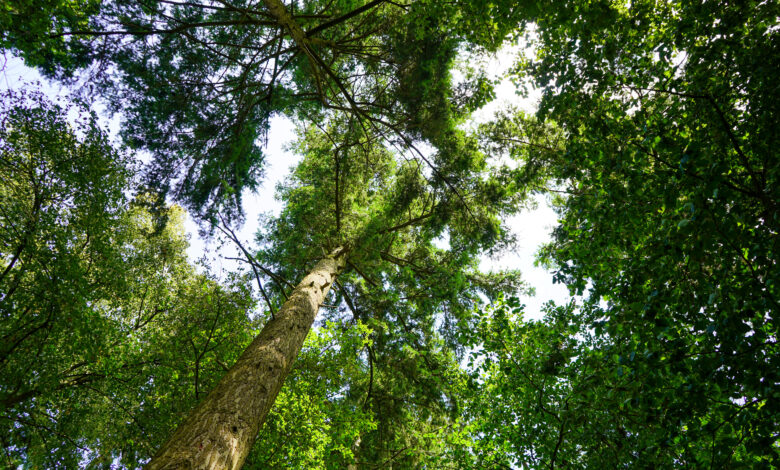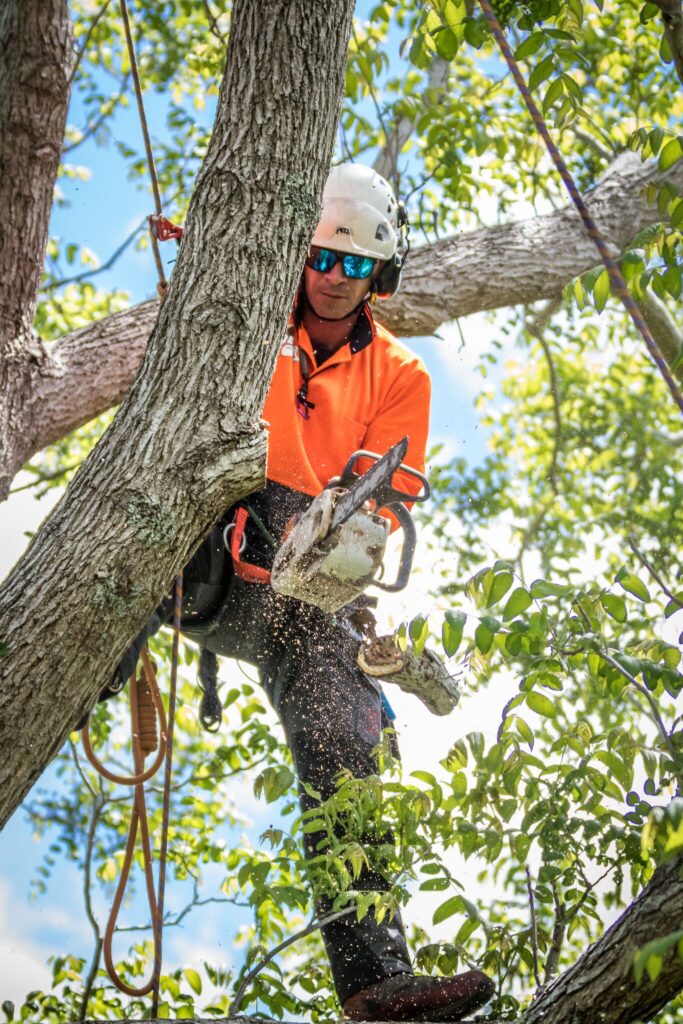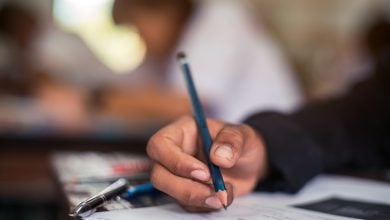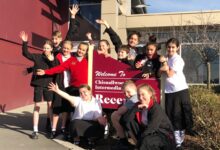Tree maintenance for safe, good looking greenery
Without proper maintenance and care, trees can become a hazard. Are your trees in need of some attention?

Trees have a major role to play both ecologically, and for nurturing our relationships with the outdoors in an urban environment. In schools, trees beautify grounds, provide shade, and a natural playground. However, trees are living beings, and they require care and management to ensure they retain their benefits without becoming a safety risk.
While staff may be able to manage and maintain small trees, an arborist is usually required to assess larger and older trees. Trees should be assessed when they show signs of ill health like yellowing or misshapen leaves, abnormal trunk growths or leaning trunks.
Read the latest print edition of School News online HERE.
Schools should also carry out tree assessments regularly, where a specialist can offer insights into the tree’s condition, any weaknesses, the soil condition and the risks it poses to people or structures. Regular checks can catch issues early, improving the chances of saving trees and lowering costs.
In areas that experience extreme weather like flooding, thunderstorms or hail, having up-to-date information on tree health can help schools brace for oncoming weather events or understand their risks when taking shelter. For schools with large grounds, arborists may also provide an inventory of trees, which is necessary for long-term property planning and grounds improvement and maintenance.

Arborists are also needed to prune and maintain large trees. Done properly, pruning can shape the tree and maintain its health, ensuring it can be enjoyed by the community for years to come. Large trees may also require specialist equipment and risk management while pruning. Besides pruning, some trees may require bracing and cabling to mitigate risk of structural compromise.
In Aotearoa New Zealand, some trees may be considered notable or protected as they are historically or ecologically important, or unique. In these cases, resource consent may be required to carry out work on or around the tree.
Bryce Robb from Beaver Tree Service said school tree care means safer schools. “Trees are a valuable part of school grounds, offering shade, beauty, and learning opportunities—but they can also pose risks if not regularly maintained. The key to safer school environments is proactive tree care.
“Regular inspections by a qualified arborist are essential to assess a tree’s condition and identify early signs of decline, disease, or structural weakness. Schools should develop a tree management plan that includes routine visual checks, especially after storms or during seasonal changes. Staff should also be encouraged to report concerns, such as dead branches, fungi at the base, or unusual leaning.
“Regardless of whether tree work is required, we recommend a 360-degree walk-around by a professional arborist at regular intervals to ensure maintenance is planned and preventative—not reactive,” Mr Robb said.
“Proactive maintenance—like pruning to remove deadwood or reduce weight on heavy limbs—helps prevent accidents and promotes healthy growth. The best times for such work are typically late winter or early spring, when trees are dormant and less stressed.
“A well-monitored and maintained tree not only reduces risk but also supports a safe, enjoyable outdoor environment for students and staff.”









